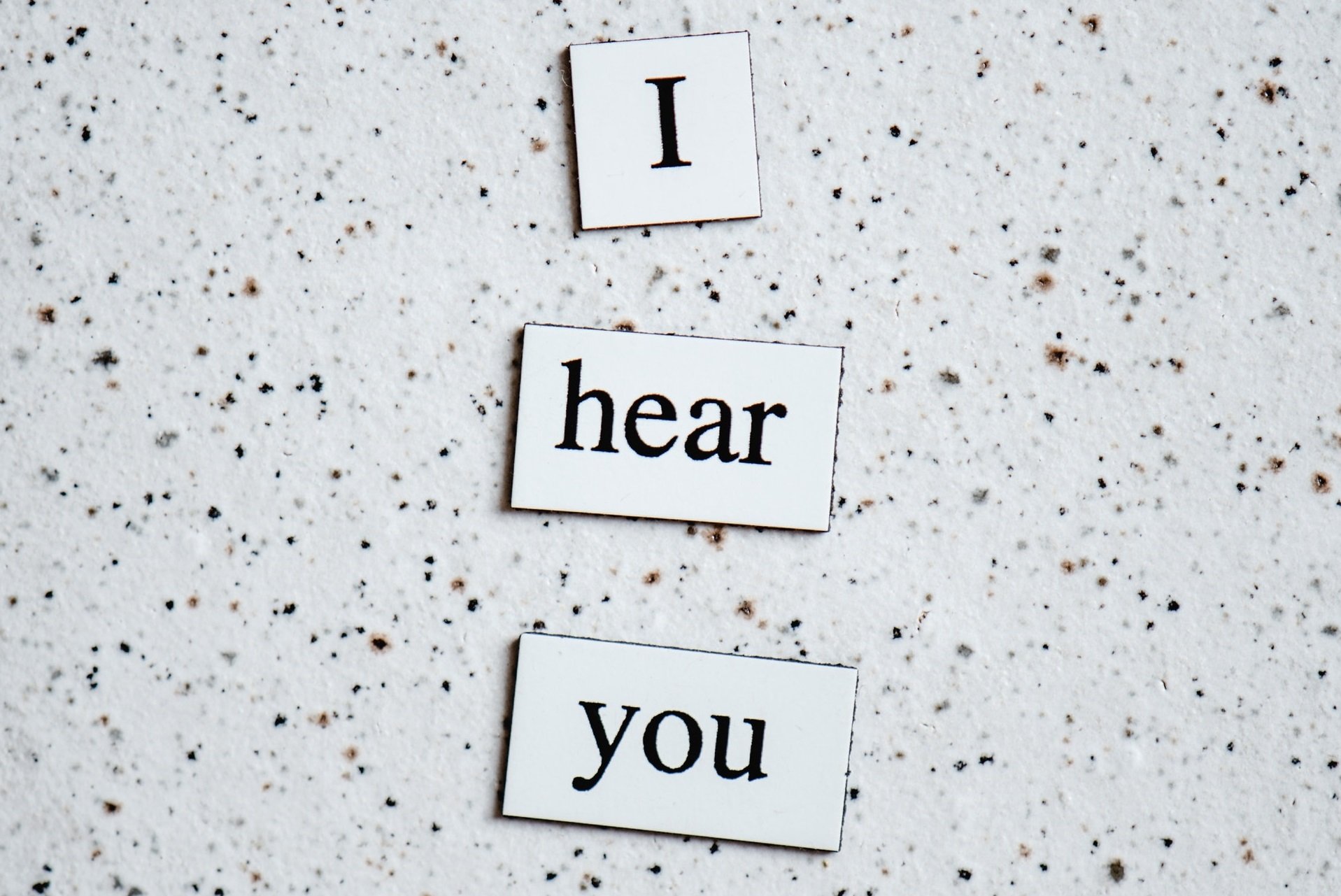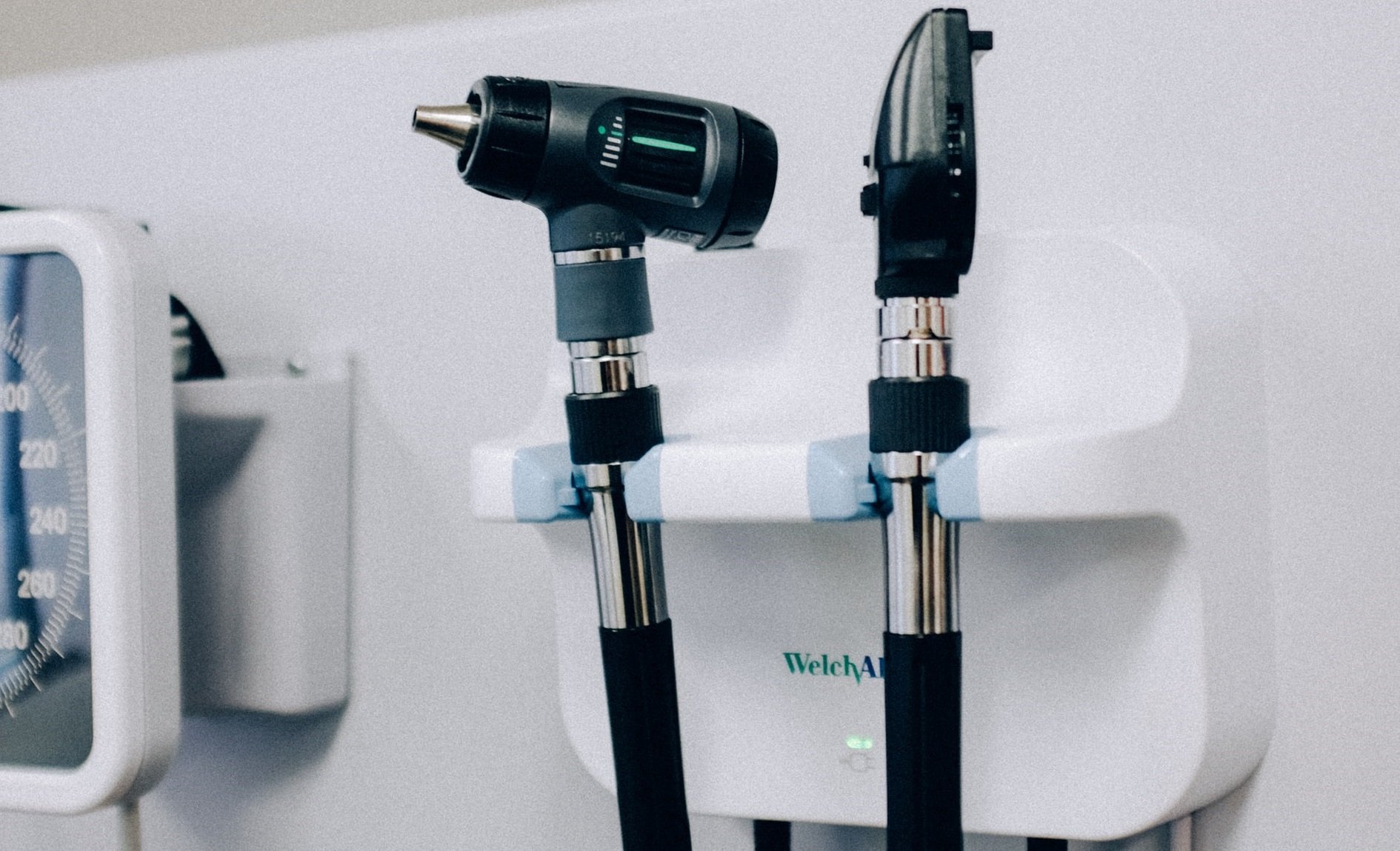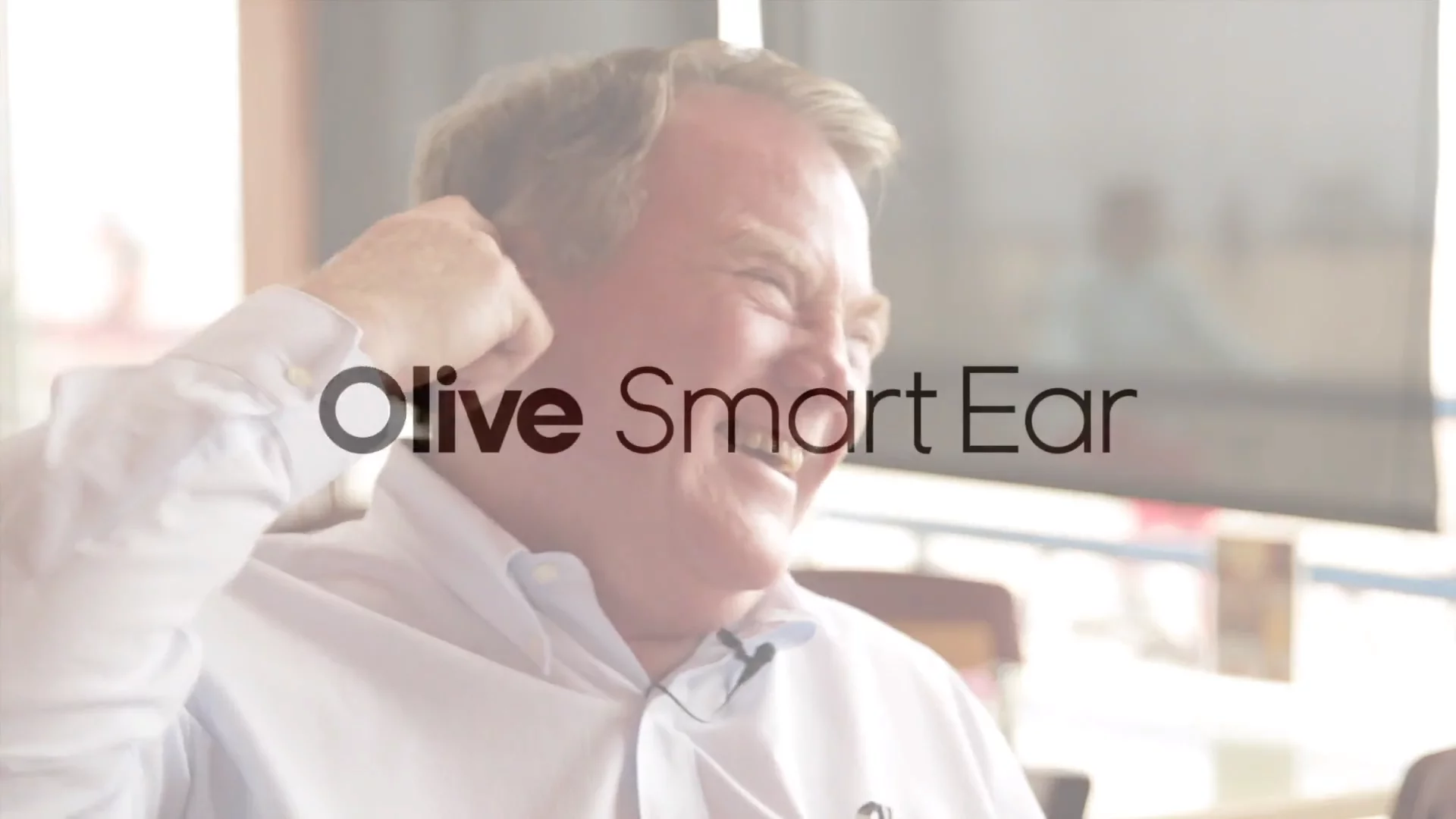
From the invention of the ear trumpet in the 17th century to the high-tech hearing aids and amplifiers (Personal Sound Amplification Products, or PSAPs) we have today, the development of hearing devices has come a long way.
As the author Arthur C. Clarke famously said, “Any sufficiently advanced technology is equivalent to magic”, and although this isn’t quite true, some people gain so much benefit from their hearing aid or amplifier and it can certainly feel like magic.
It’s time to give these gadgets the praise they deserve and take a look at their (rather impressive) journey.
Contents
- 1 What is a Hearing Aid?
- 2 What is an Ear Trumpet and When was it Invented?
- 3 Who Invented the First Hearing Aid?
- 4 How Hearing Aids Evolved
- 5 Vacuum Tube Technology (1920s-1950s)
- 6 The Transistor Hearing Aid (1948)
- 7 The Microprocessor and Compression Hearing Aids (1970s)
- 8 High-speed Processors and Microcomputers (1980s)
- 9 The First Fully Digital Hearing Aids
- 10 21st Century: High Tech Hearing Buds
- 11 The Future of Hearing Enhancement
- 12 Olive Union Hearing Amplifiers
What is a Hearing Aid?
Hearing aids are medical devices specially designed for people with hearing loss. As they can significantly improve the hearing of many individuals, they tend to be the go-to solution for those that are diagnosed as hard of hearing.
Although they can’t restore normal hearing, hearing aids are fine-tuned to the wearer, boosting certain frequencies to aid hearing for each individual.
Hearing loss affects people far and wide, and with one in eight people in the U.S. aged 12 or over experiencing hearing loss in both ears, it’s no wonder that even big-name celebrities such as Halle Berry and Jodie Foster are known to use hearing aids.
Those that struggle with their hearing can find their daily life increasingly difficult. Even simple interactions such as talking to a store assistant and asking for directions become tiresome. Sadly, this can lead to a sense of loneliness and place a strain on relationships with family and friends.
This makes it all the more startling that amongst all adults aged 70 and older with hearing loss who could benefit from hearing aids, fewer than 30% have ever used them.

What is an Ear Trumpet and When was it Invented?
Unsurprisingly, the technology behind hearing aids went through many revisions before ending up as the device that we recognize today.
The first literal hearing aid was called the ‘ear trumpet’ – a tubular device, designed to funnel sound waves into the ear. Unlike hearing aids today, these large funnels were made from materials such as wood, animal horns, snail shells, and sometimes silver or sheet metal.
Their use dates back to the 17th century, while Jean Leurechon, the French priest and mathematician, is credited with the first mention of the instrument in his 1634 work Recreations mathématiques.
Although the modern hearing aid and the ear trumpet seem worlds apart, it’s tempting to draw some similarities.
Interestingly, conical ear trumpets were custom-made by specialist instrument makers as bespoke pieces for each client. Although this isn’t the case for hearing aids in 2020, it goes to show that there was some recognition of the need to personalize each device in a similar sense to how hearing aids are fitted to each individual, calibrated, and set to boost certain frequencies for maximum effectivity today.
It certainly seems like they were onto something with this early invention!
Who Invented the First Hearing Aid?
Although ear trumpets may have looked aesthetically impressive, there was an undeniable need to move away from these passive amplification cones, and move on to something better.
It was in 1898 that the first portable hearing aid using a carbon transmitter, the Akouphone, was brought to life by Miller Reese Hutchison. Through the use of the carbon transmitter, an electric current could simply take a weak signal, and turn it into a strong signal.
Consisting of a separate microphone, amplifier, headphones, and battery (which didn’t last very long), the device was clunky and difficult to use. Add a steep retail price and it’s no wonder only a few people could use the Akouphone.
How Hearing Aids Evolved
The lucrative prospects of hearing aids gained attention from large-scale manufacturers and engineers who wanted to improve the device, leading to the increasingly small, widely available devices used by millions around the world today.
Of course, this didn’t just happen overnight. Numerous technologies have been tried and tested over the years.
Vacuum Tube Technology (1920s-1950s)
In 1920, Naval engineer Earl Hanson patented the first vacuum-tube hearing aid named the Vactuphone. The device used the telephone transmitter to convert speech into electrical signals, to then be amplified through the receiver. It was so successful that vacuum tube hearing aids were available on the U.S. market from 1923.
Competition to develop the best miniaturization techniques aided development. Devices became smaller and smaller throughout the 1930s, were sold as wearable from 1936, and quickly gained popularity amongst the public.
At this time, the amplifier and batteries still needed to be worn around your neck and the microphone was hand-held (with its size proportional to your level of hearing loss!). This meant that conversations had to be had news reporter-style – quite a funny thought for hearing aid users today.
The Transistor Hearing Aid (1948)
From 1948, transistors were on the scene. These replaced vacuum tubes as they were demonstrably superior on many accounts. They required less battery power, produced less distortion and heat than vacuum tubes, and importantly, were smaller.
However, manufacturers were so excited about the benefits transistors seemed to provide that they did not carry out adequate tests on their transistor hearing aids. They paid the price for their haste when devices seemed to die just a few weeks after a customer’s purchase due to dampness stopping the transistor from working.
This led to the development of a protective coating and the silicon transistor, to combat problems caused by body heat.
The Microprocessor and Compression Hearing Aids (1970s)
The microprocessor was created in 1970, speeding up the journey towards the miniaturization of the hearing aid. Edgar Villchur, a researcher, even developed an analog multi-channel amplitude compression device that allowed audio signal to be separated into frequency bands. These were able to adjust the analog sound non-linearly; this is where certain sounds could be amplified less and other sounds could be amplified more.
High-speed Processors and Microcomputers (1980s)
The 1970s saw the development of high-speed digital-array processors to be used with minicomputers, but it was only in 1982 that an all-digital, real-time, array processing hearing aid was developed at the City University of New York as a research tool for the exploration of digital signal processing. This rather bulky device consisted of a minicomputer and a digital array processor, as well as an FM transmitter and receiver.
The 1980s ushered in the development of digital chips for high-speed digital signal processing. These enabled fast processing, but were too large and consumed too much power to be used in wearable hearing aids.
Over time, technology allowed these drawbacks to be reduced to practical levels for a digital hearing aid, most notably through the work of Engebretson, Morley, and Popelka at the Central Institute for the Deaf (CID).
The First Fully Digital Hearing Aids
When 1987 rolled around, the Nicolet Corporation brought the first commercial digital hearing aid to market, and surprisingly, to little commercial success.
Nevertheless, Nicolet did prove one thing to the market – feasibility, and other companies took notice.
The race to develop viable digital hearing aids that would also be commercially successful had begun. Developments occurred at a rapid pace, and major hearing aid companies introduced hybrid instruments using analog amplifiers, filters, and limiters which were controlled digitally.
21st Century: High Tech Hearing Buds
Now in the 21st century, we can see that hearing aids have come to be incredibly popular, and there’s no doubt that their long history of technological modification and continued refinement is to thank for this. Many devices use modern technology such as Bluetooth connection and rechargeable batteries, offering convenience to the consumers.
Along with these advances, and the emergence of new options such as hearing amplifiers and PSAPs (Personal Sound Amplification Products) offers to the consumer a wide range of hearing device options with different capacities.
Many of these devices are functionally versatile and have excellent efficiency, allowing for features such as effective ambient noise control, suppression, and isolation, and offer a much more aesthetically appealing (and less costly) alternative to hearing aids of the past.
Although some claim devices such as hearing amplifiers and PSAPs pose a threat to the hearing aid market, this shouldn’t be the case. Whilst they enhance your experience of environmental sounds and are incredibly useful in certain instances, they should not serve as replacements for hearing aids if you suffer from moderate to severe hearing loss.
The Future of Hearing Enhancement
At Olive Union we have a mission: to make hearing devices like glasses – i.e. removing the stigma around them and making them a personalized, normalized part of everyday life.
With recent technological developments, hearing enhancement devices are only becoming more effective and more widely used; the Olive Smart Ear is no exception.
Olive Union Hearing Amplifiers

Have you started to notice an inability to hear quieter sounds or hardness of hearing in noisy environments?
Customizable hearing enhancement could improve your quality of life, so why not try our smart hearing earbud? Our CES award-winning Olive Smart Ear offers unrivaled sound amplification, background noise reduction, and personal sound calibration – all for a fraction of the price of hearing aids.
If you think the Olive Smart Ear might be right for you, visit our website and read our excellent Olive Smart Ear customer reviews.
The information in this guide has been written using the following reliable sources:
https://www.ncbi.nlm.nih.gov/pmc/articles/PMC4111501/
https://hearingsystemsinc.com/the-history-of-hearing-aids
https://leader.pubs.asha.org/doi/full/10.1044/leader.FTR4.12172007.28
https://www.nidcd.nih.gov/health/statistics/quick-statistics-hearing








